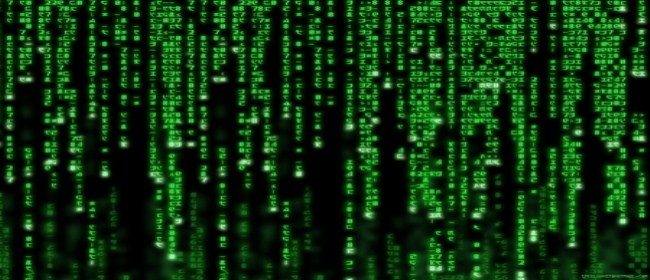Single particles of light, also known as photons, have been produced and implemented into a quantum key distribution (QKD) link, paving the way for unbreakable communication networks.
The results of the experiment, undertaken by a close collaboration of researchers based in Wuerzburg, Munich and Stuttgart, were published 2 August, in the Institute of Physics and German Physical Society’s New Journal of Physics.
The single photons were produced using two devices made of semiconductor nanostructures that emitted a photon each time they were excited by an electrical pulse. The two devices were made up of different semiconductor materials so they emitted photons with different colours.
QKD is not a new phenomenon and has been in commercial use for several years; one of its first uses was to encode the national election ballot results in Switzerland in 2007. The techniques currently being used on a commercial scale rely on lasers to create the source of photons; however, researchers hope to further increase the efficiency of QKD by returning to the original concept of using single photons for generating a secure key.
One of the project coordinators, Dr Sven Hoefling, said: “The nature of light emitted by lasers is very different from light emitted by single photon sources. Whereas the emission events in lasers occur completely random in time, an ideal single photon source emits exactly one photon upon a trigger event, which in our case is an electrical pulse.
“The random nature of emission events from strongly attenuated lasers sometimes results in the emission of two photons very close to each other. Such multiple photon events can be utilized by an eavesdropper to extract information.
“Single photon sources, such as the ones used in our study, are predestined for use in the secure communication systems using quantum communication protocols.”
QKD is a process that enables two parties, ‘Alice’ and ‘Bob’, to share a secret key that can then be used to protect data they want to send to each other. The secret key is made up of a stream of photons that ‘spin’ in different directions – vertically, horizontally or diagonally – according to the sender’s preferences.
The laws of physics state that it is not possible to measure the state, or ‘spin’, of a particle like a photon without altering it, so if ‘Eve’ attempted to intercept the key that was sent between ‘Alice’ and ‘Bob’, it would become instantly noticeable.
In their experiment, the single photons were produced with high efficiency, then made into a key and successfully transmitted from the sender to the receiver across 40 cm of free space in the laboratory.
The researchers are aware that to make this experiment more practical and commercially viable, it needs to be scaled up so that quantum keys can be sent over larger distances. To do this, quantum repeater stations need to be incorporated into the network to ‘amplify’ the message.
“Meanwhile, quantum keys have been sent over 500 metres of free space on top of the roofs in the centre of Munich, Germany. Several projects have also been funded to develop this technology further,” continued Hoefling.
Source: Institute of Physics










